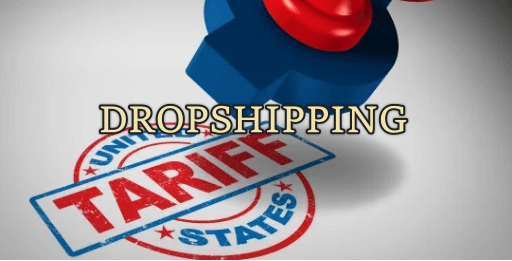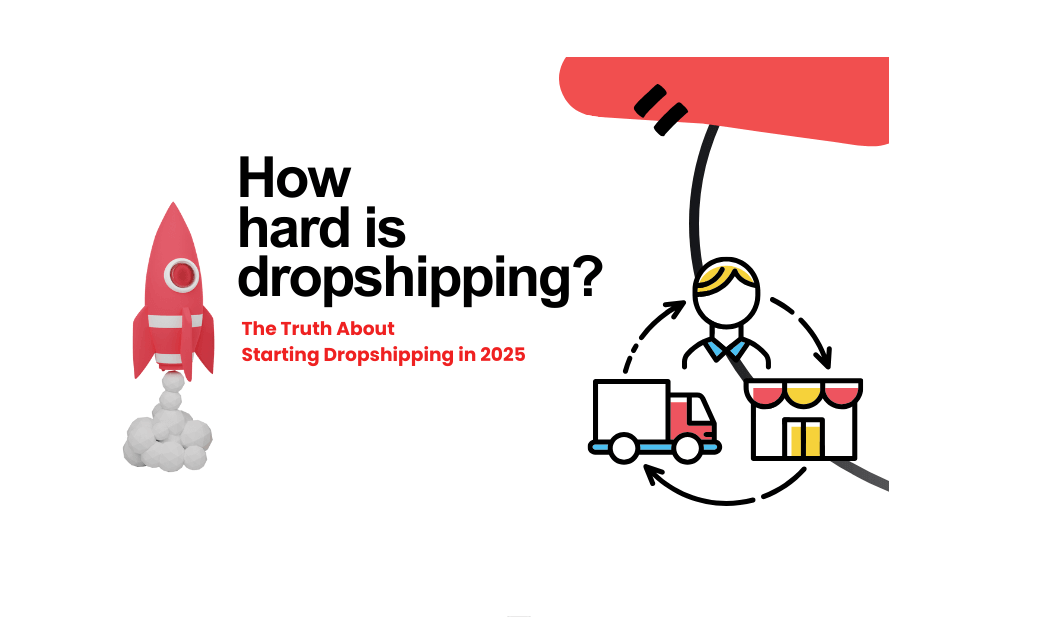The Internet has developed fast, and it is absolutely different from what it was more than 25 years ago. On March 15, 1985, the first domain was ever registered. It was called Symbolic.com. If you happen to pay a visit there today, the owners of it have turned it into the online museum of the Internet, focusing on the innovation, technology and Science that got us where we are today. The following nine domains took less than a year to get registered.
Choosing a domain isn’t a walk in the park like buying a new domain. With more than 1.9 billion websites on the Internet, there is high possibility that your shortlisted domain names have already been picked by other webmasters. Don’t worry, as this article will let you know what a domain is, let you know the importance of a domain name, guide you in identifying proper ways to make your domain name SEO-friendly and teach you how to buy a good domain name for your Shopify store.
Contents
- What is a Website Domain?
- The Purpose of Domain Names
- Components of Domain
- 6 Best SEO Practices for Choosing a Domain
- 11 Steps to Buy a Domain Name for a Shopify Store
What is a Website Domain?
This is the common name given to your detailed numerical internet address. It is common knowledge that every site has an IP address, a series of numbers that serve as the coordinates for your online destinations. A domain is, therefore, the text-based name that represents the above-mentioned numerical IP address.
The Purpose of Domain Names
The primary purpose of a domain name is to help visitors quickly recognize your website. Your web domain name is your internet identity. It should therefore be distinctive enough to make your website unique from your competitors. It is important to note that a website with a quality domain name creates a picture of what lies inside the store, just like a business with a unique and trendy store window. Just by looking at the store windows (in this case, your domain), prospective customers can get a hint of what your website is all about. Also, it is essential to note that your domain can be integrated as part of multiple email addresses, making it possible for you to maintain separation between departments and services.
Components of Domain
There exist three critical components of the website domain. They include:
1. The top-level domain (TLD)
This is also called domain extension or domain suffix. It appears at the end of a domain name after a period. Some examples include:
- .com
- .net
- .org
- .edu
You may be familiar with the TLDs above. Nonetheless, there are actually over 1000 possible TDLs from which webmasters can choose. These include but are not limited to books, dogs and clothing. There are three primary types of domain extensions:
- Generic top-level domain
Domains in this category includeextensions such as .com, which stands for commercial; in contrast, .org (organization) and .net.(network) are either unsponsored and named through ICANN or sponsored and coordinated through entities such as private companies or nonprofit organizations.
- Sponsored top-level domain
This category includes extensions like .gov (government), .edu (education) or .post.(postal). Those with sponsored TLDs and entities outside of ICANN are responsible for processing and regulation.
- Country code level domain
These domains indicate a sovereign state. They include .us( used by US citizens, organizations or those with a presence in the United States)
.cais for the country of Canada, and it is operated through the Canadian Internet Registration Authority.
2. Domain Name (Second level domains)
This is the second level of the domain’s hierarchy. Here, the domain names on a specific TLD (called a root domain as discussed below) are bought from registrars and represent a website’s specific, unique location. Have a look at the following bolded domain names.
- www.example.com
- https://moz.com
- www.blogpost.com
It is advantageous because search engines take keywords in domain names as a ranking factor. However, tread lightly when thinking about optimizing your root domain for search engines.
- Root domain
This refers to using a unique domain name and a top-level domain (extensions) to structure a complete “website address.” Your website’s root domain is the most important page in your site’s hierarchy. Individual pages or subdomains can be built on the root domain, but each page’s URL must technically include the same root domain to be part of your website. They include:
- Moz.com
- Llovedogs.net
- PawneelN.gov
Also important to note is that all root domains represent the whole website instead of specific web pages. Therefore, counting linking root domains instead of linking URLs can better reflect the size of your site’s inbound link profile.
- Subdomain
This is the third level of a domain’s hierarchy and part of a larger top-level domain. Subdomains are added before a root domain and they are separated from the domain name with a period. The two most common subdomain choices are:
- https://www.example.brand.com (‘example’ is the subdomain).
- https://www.example.com (has no subdomain)
Now that we have looked at how you are supposed to organize your domain name to include all its components, I will take you through how to ensure that the domain name you have created is SEO-friendly.
6 Best SEO Practices for Choosing a Domain
To maximize your search engine-referred traffic, have the following elements in mind:
1. Let your domain name be memorable
Endeavour to keep domain names short, easy to remember, and simple to type and pronounce. This is crucial for word-of-mouth advertising and processing language fluency as the visitors will visit your domain directly.
2. Let your keywords be broad
You can use a keyword that helps make it obvious what your business does while at the same time keeping your domain name catchy, compelling, unique and brand-friendly, go for it. Nonetheless, avoid domain names that might be considered ‘keyword targeted’ ( e.g. best-sweat-pant-for-sweatpants.com). The searchers may view them with negative bias.
3. Avoid hyphens if possible
The use of hyphens highly correlates with spammy behaviour and, as such, decreases domain readability as well as memorability. And because of this, generally, no more than one hyphen should be used (if any has to be used at all).
4. Avoid non-.com top-level domains
By the time webmasters register domain names, in most cases, they will be given the option to add TLDs. For you to maximize direct traffic to a domain, only purchase the non-.com TLDs if the.com TLD for a domain name you want to buy is available. Instead, go for low-quality TLDs such as .biz, .info, .ws, .name etc. They are less commonly known, and as such, they will increase your traffic.
5. Use subfolders/subdirectories instead of subdomains
Search engines keep a variety of metrics for domains than they do for subdomains. Therefore, although Google itself has stated that from a ranking perspective, contents in subdomains and subdirectories are roughly treated equally, webmasters should place link-worthy content like blogs in subfolders rather than in subdomains, for example, usewww.example.com/blog/rather than blog.example.com.
6. Do not be troubled by the domain age
The notion that domain age is an important factor in SEO ranking is a myth. According to Google’s Matt Cutts (n.d), no search engine has ever indicated that they use the length of registration as a factor of scoring.
11 Steps to Buy a Domain Name for a Shopify Store
1. Choose a name of your preference
As a tip, avoid creating a name that is too long to remember, let your name be relevant and avoid trade mark infringement.
2. Buy something your customers will fall for
A domain should be eye-catching, intriguing and generally mean something to your audience, just like attractive pictures of the ladies’ fashion store shown above. Such appealing names, such as Best Buy and Forever 20, send a clear message to customers of what lies in store for them.
3. Don’t limit your plans
If your long-term goal is to create an all-inclusive store like Amazon, Walmart or AliExpress, strive to choose brand names rather than matching keywords. In the beginning, it is acceptable to start with a niche focus. Nevertheless, as you grow closer to your target audience, include other products beyond your original niche.
4. Buy a pre-owned and unused Domain
Sometimes, the domain name you want is taken, but it is not being used. Whereas this can be frustrating, you can get in touch with the owner to potentially buy it from them. However, remember that buying a domain name from the owner will cost more than buying a domain from a domain name provider.
5. Make it memorable
The visitors will use your second-level domain name to type into their search engines or address bar to find your site. Therefore, make sure it is simpler to remember by using simpler spelling and easily pronounceable words. Also, ensure your domain name is your company name, as your audience will associate it with your company.
6. Ensure the name is directly relevant to your services
The main purpose is to take your brand and recognition a notch higher. You are therefore supposed to keep your domain name relevant to your product, services or organization.
7. Keep off from trademark infringement
It is illegal to let your site name infringe on any existing trade mark or copyright by using a trade mark lookup tool. The best you can do is to avoid the same as you do not want to go against the law and its requirements, do you?
8. Select the proper extension type
The most popular commercial extension for websites is .com. However, many domain names are unavailable with the .com extension because they have already been taken. Therefore, you need to consider looking for an extension relevant to your business.
9. Check the availability of the domain registrar
Ensure the name you are picking is available in the domain registrar. If the name is already taken, go for other options.
10. Use a domain name generator
If you have not succeeded after going through the above-mentioned steps, you can opt for a domain name generator with hundreds of domain ideas to choose from instantly. The flip side of it is that it contains the names which are currently trending.
11. Purchase your domain
Finally, having settled on a domain, you can now buy it. However, the prices vary depending on how desirable the domain is. The least expensive ones cost between $10 to $20 yearly. Premium domains, such as insurance.com or business.com, can be sold for thousands or millions of dollars.
Conclusion
Now that you have gone through the most critical stages you need before you eventually settle on your Shopify domain name, you have to be aware that the domain is one of the most crucial components of your business. As such, the choice needs to be made seriously. Most importantly, the domain extension you opt for and how you set your site can impact how well the site performs and, in turn, how well your business gears towards its success.
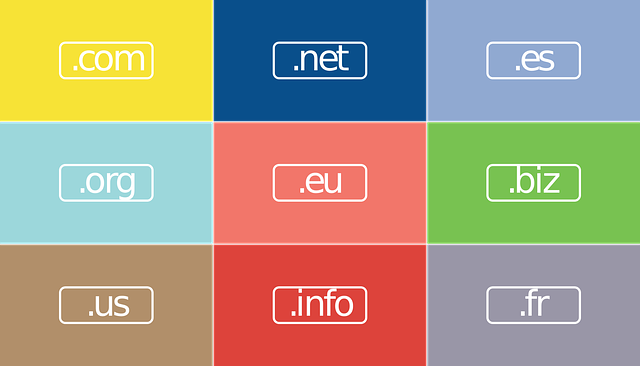
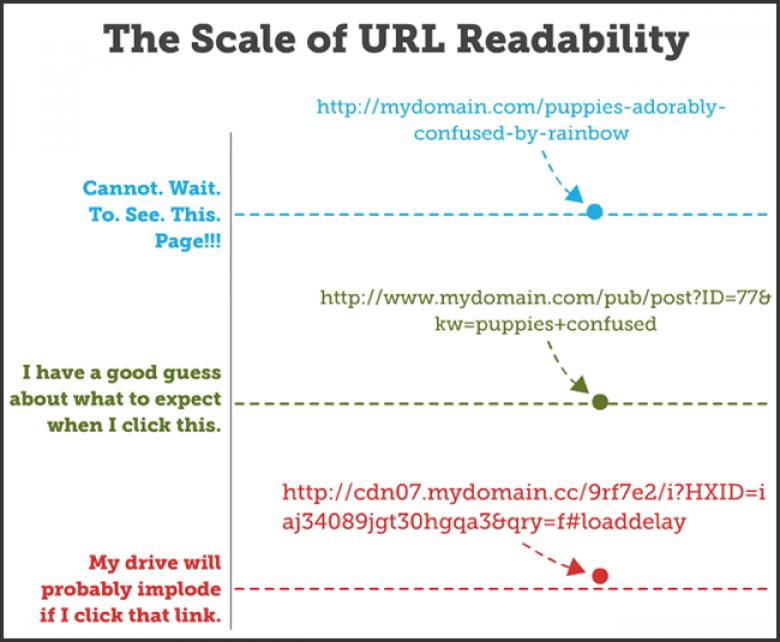

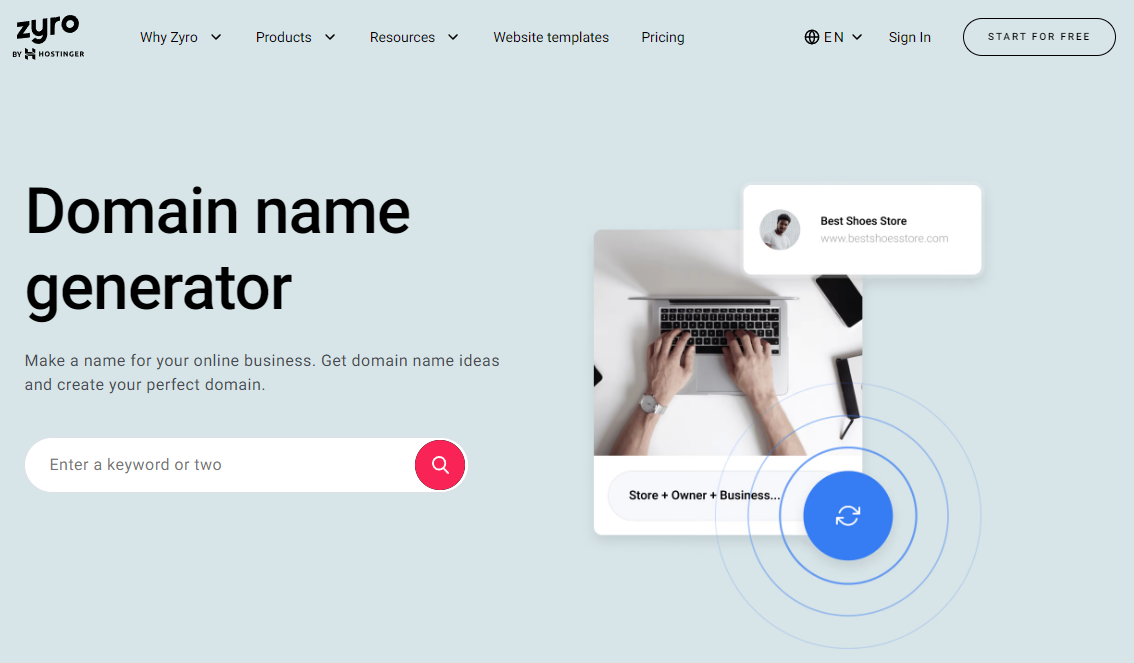

![Dropshipping General Store vs. Niche Store [2025 Data and Table]](https://www.dropshipman.com/wp-content/uploads/2025/03/general-vs-niche-store.png)
